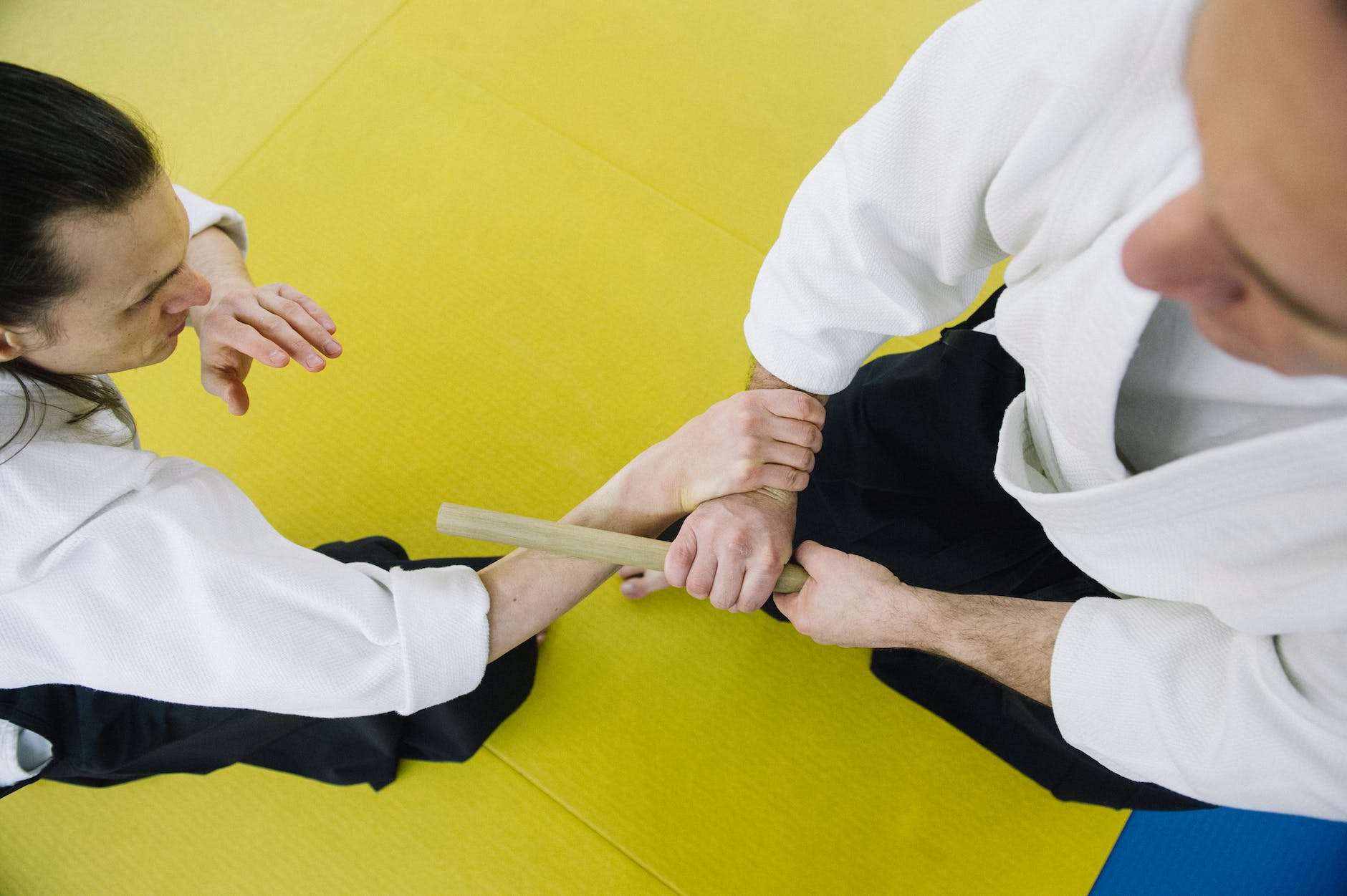
Martial Arts
Mixed Martial Arts (MMA) has evolved into one of the most demanding and exhilarating combat sports. The athletes who step into the cage are not just fighters; they are highly skilled individuals who have dedicated their lives to mastering various martial arts techniques. To excel in MMA, you can search for “mixed martial arts classes near me.” This listicle will break down the key elements of a successful training regimen for aspiring MMA fighters.
Setting Clear Goals
Every successful journey begins with a clear destination. Before you start your training, take the time to establish specific, measurable, achievable, relevant, and time-bound (SMART) goals. Are you training for fitness, self-defense, or with aspirations of becoming a professional fighter? Knowing your objectives will enable you to adjust your training program properly.
Strength and Conditioning
Strength and conditioning training is essential to build the physical attributes needed for MMA. To build strength, concentrate on compound movements like squats, deadlifts, bench presses, and overhead presses. Additionally, incorporate functional training exercises like kettlebell swings, medicine ball throws, and bodyweight exercises to improve your agility, explosive power, and balance.
Martial Arts Training
MMA combines various martial arts disciplines, including Brazilian Jiu-Jitsu, Muay Thai, boxing, wrestling, and more. To succeed in these disciplines, you can search for “mixed martial arts classes near me.” Enroll in reputable martial arts gyms or academies to receive proper training and instruction from skilled coaches. Be prepared to invest time and effort in honing your striking, grappling, and wrestling skills.
Sparring and Drilling
Sparring is where you put your skills to the test and gain practical experience. Regular sparring sessions with training partners of varying skill levels are crucial for improving your fight IQ, timing, and adaptability. Repeatedly drilling specific techniques will help refine your movements and muscle memory. Always prioritize safety during sparring to avoid unnecessary injuries.
Flexibility and Mobility
Flexibility and mobility are often overlooked aspects of this training. Being limber and agile can provide a significant advantage in the cage. Incorporate stretching routines, yoga, or mobility exercises to improve your range of motion, prevent injuries, and enhance your overall performance.
Nutrition and Diet
A proper diet is the fuel that powers your MMA training. Focus on a well-balanced diet rich in lean proteins, complex carbohydrates, and healthy fats. Ensure you’re consuming enough calories to support your training demands while maintaining a healthy weight. Hydration is also crucial; drink plenty of water to stay hydrated throughout your training sessions.
Mental Conditioning
Mental toughness is a critical factor. Develop mental resilience by practicing visualization techniques, positive self-talk, and meditation. Overcoming fear and anxiety is just as important as physical training. Seek the guidance of sports psychologists if necessary to build mental strength.
Conclusion
Training for success in Mixed Martial Arts is a multifaceted journey that requires dedication, discipline, and a holistic approach. By setting clear goals, prioritizing cardiovascular and strength training, mastering martial arts techniques, sparring and drilling, and taking care of your body and mind through proper nutrition, recovery, and mental conditioning, you can lay the foundation for a successful martial arts career or simply enjoy the many physical and mental benefits this challenging sport has to offer. Remember, the path to success is a marathon, not a sprint, so stay committed and keep pushing your boundaries in your pursuit of excellence in MMA.






